- 路 Microwave
- 路 Atmospheric Pressure Microwave 路 Pressure Microwave 路 Parallel Microwave
- 路 Ultrasonic 路Low Temperature Ultrasound
- 路 Ultraviolet Light
- 路 Microwave Heating 路 Atmospheric Pressure Synthesis 路 Atmospheric Pressure Catalysis 路 Atmospheric Pressure Extraction
- 路 Sample Preparation 路 Microwave Digestion
- 路 Soil Digestion 路 High Pressure Synthesis
- 路 Solid Phase Synthesis
- 路 Organic Synthesis
- 路 Ionic Liquid Synthesis
- 路 Degradation Of Natural Organic Matter
- 路 Natural Product Extraction / Purification
河北祥鹄科学仪器有限公司
111 Ionic liquid-employed synthesis of Bi2E3 (E = S, Se, and Te) hierarchitectures: The case of Bi2S3 with superior visible-light-driven Cr(VI) photoreduction capacity
This paper, written by researchers from Jilin University of Technology and others, discusses Ionic liquid-employed synthesis of Bi2E3 (E = S, Se, and Te) hierarchitectures: The case of Bi2S3 with superior visible-light-driven Cr(VI) photoreduction capacity. The paper is published in an important journal < Chemical Engineering Journal >. IF:6.735.
In recent years, the research work of microwave chemical instrument used in the synthesis of materials has become a hot direction of scientific research, which has been paid great attention to by many scholars!
A general ionic-assisted microwave-ultrasonic combined synthetic strategy was developed to fabricate Bi2E3 (E = S, Se, and Te) hierarchitectures. To understand the crystal phase transformation and morphological evolution of Bi2S3 hierarchical nanostructures, the fabrication of Bi2S3 hierarchitectures was investigated by varying sulfidation time and chlorination time. A topotactic transformation from BiOCl microsphere to Bi2S3 hierarchitectures was proposed. It was found that the structure, size, and morphology of Bi2S3 hierarchitectures could be delicately engineered by varying chlorination time, alkyl chain length, and concentration of ionic liquid. Moreover, the as-prepared Bi2S3 hierarchitectures displayed superior capacity of Cr(VI) photoreduction to P25 and irregular Bi2S3 nanostructures under visible light irradiation. Effects of morphology, pH value of reaction system, Cr(VI) concentration, and catalyst dosage on the Cr(VI) photoreduction capacity of Bi2S3 hierarchitectures were also discussed. The enhancement of photoreduction capacity is not only attributed to the intrinsic good electron transfer ability of Bi2S3, but also to synergetic effects of special architectures, wide photoresponse range, high light photoadsorption, high BET surface area and good electron-hole separation performance. The systematic condition experiments and Cr(VI) photoreduction in electroplating and tannery wastewater experiments further demonstrated that the hierarchical Bi2S3 nanospheres can be used in the actual Cr(VI)-containing wastewater treatment.

Fig.1/4↑

Fig.2/4↑

Fig.3/4↑

Fig.4/4↑
In summary, Bi2E3 (E = S, Se, and Te) hierarchitectures have been successfully synthesized by an ionic-assisted and microwaveultrasonic combined irradiation route. Phase transformation and structure evolution of Bi2S3 hierarchitectures from BiOCl microsphere were investigated by XRD, Raman, XPS, SEM, and TEM in detail. The structure, size and morphology tailoring of Bi2S3 hierarchitectures has been achieved by varying the chlorination time, the alkyl chain length, and concentration of ionic liquid. Photocatalysis study showed that pH value of reaction system, Cr(VI) concentration, and catalyst dosage have a significant influence on the Cr (VI) photoreduction capacity of Bi2S3 hierarchitectures. Compared with P25, BiOCl, and irregular Bi2S3 nanostructures, the assynthesized Bi2S3 hierarchitectures exhibited superior capacity for photoreduction of Cr(VI), which was strongly attributed to the intrinsic good electron transfer ability, the high surface areas to adsorb more dye molecules and superior light scattering ability of hierarchitectures to enhance the light harvesting efficiency and promote charger transfer ability. It is expected that the as-prepared Bi2S3 hierarchitectures could be used as a potential photocatalyst for the reduction of Cr(VI) based on its good photocatalytic activity and recyclability. More importantly, the Bi2S3 hierarchical nanostructures showed excellent Cr(VI) photoreduction ability and fast photoreduction rate for actual electroplating and tannery industry wastewater treatment. This work will demonstrate further exploration of hierarchical nanostructures with high potential for hazardous Cr(VI) photoreduction in wastewater.
Bi2S3 hierarchitecture was fabricated via a combined microwave-ultrasonic irradiation method. In a typical synthetic procedure, 1 mmol [C16Mim]Cl was first dissolved in 25 mL EG at 70 _C under vigorous magnetic stirring. The solution was then mixed with another 25 mL EG containing 1 mmol Bi(NO3)3_5H2O and sonicated till all chemicals were well-dispersed. Subsequently, the mixed solution was transferred to a microwave reactor (XH-300A, Beijing Xianghu Technology Co., Ltd.) and heated up to 180 _C within 3 min under microwave (800 W) and discontinuous ultrasonic (500 W, 2 s insonation and 1 s interruption) irradiation and then this reaction system was maintained for 15 min. This duration was denoted as chlorination. After that, 10 mL EG containing 2 mmol Tu was rapidly added into the reaction system within 15 min irradiation. Thereafter the reactor was maintained under the same condition for another 15 min, which was denoted as sulfidation. After cooling down to room temperature, the resultant black product was secured by centrifugation and washed with deionized water and absolute ethanol for ten times. The final product was dried in a desiccator for further characterization. Other samples were prepared using the same method by varying several experimental parameters. The detailed experimental parameters were listed in Table 1. It is important to note that AA was used as a reductant in the synthesis of Bi2Se3 (SBiSe) and Bi2Te3 (SBiTe).








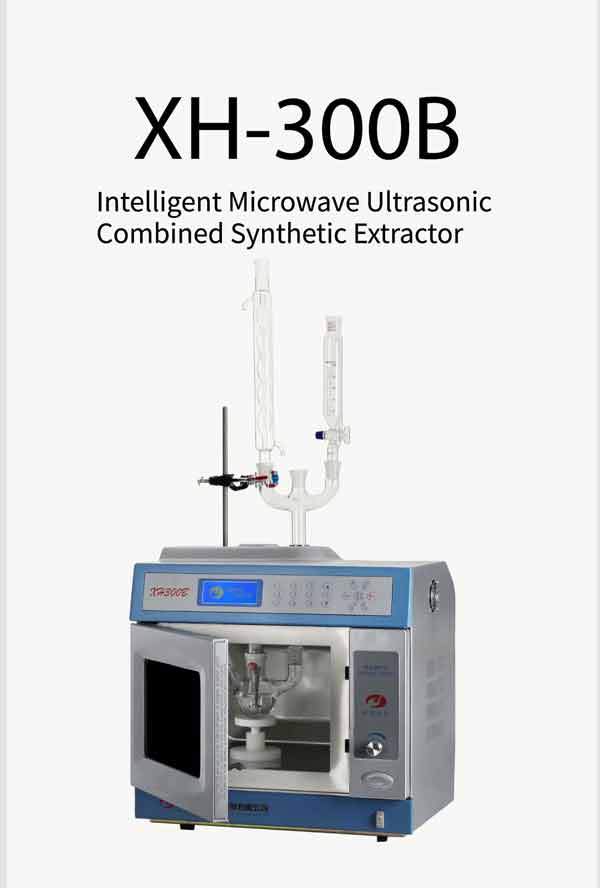

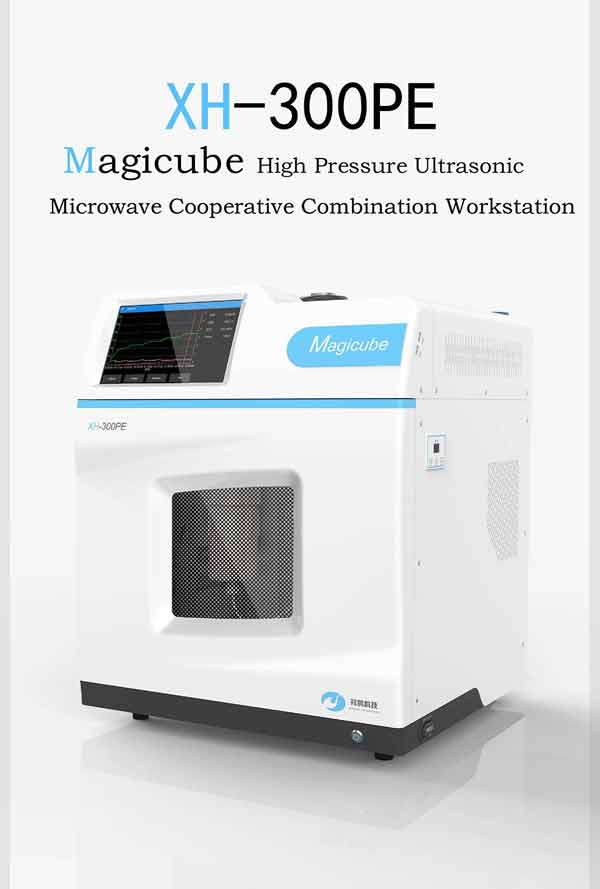
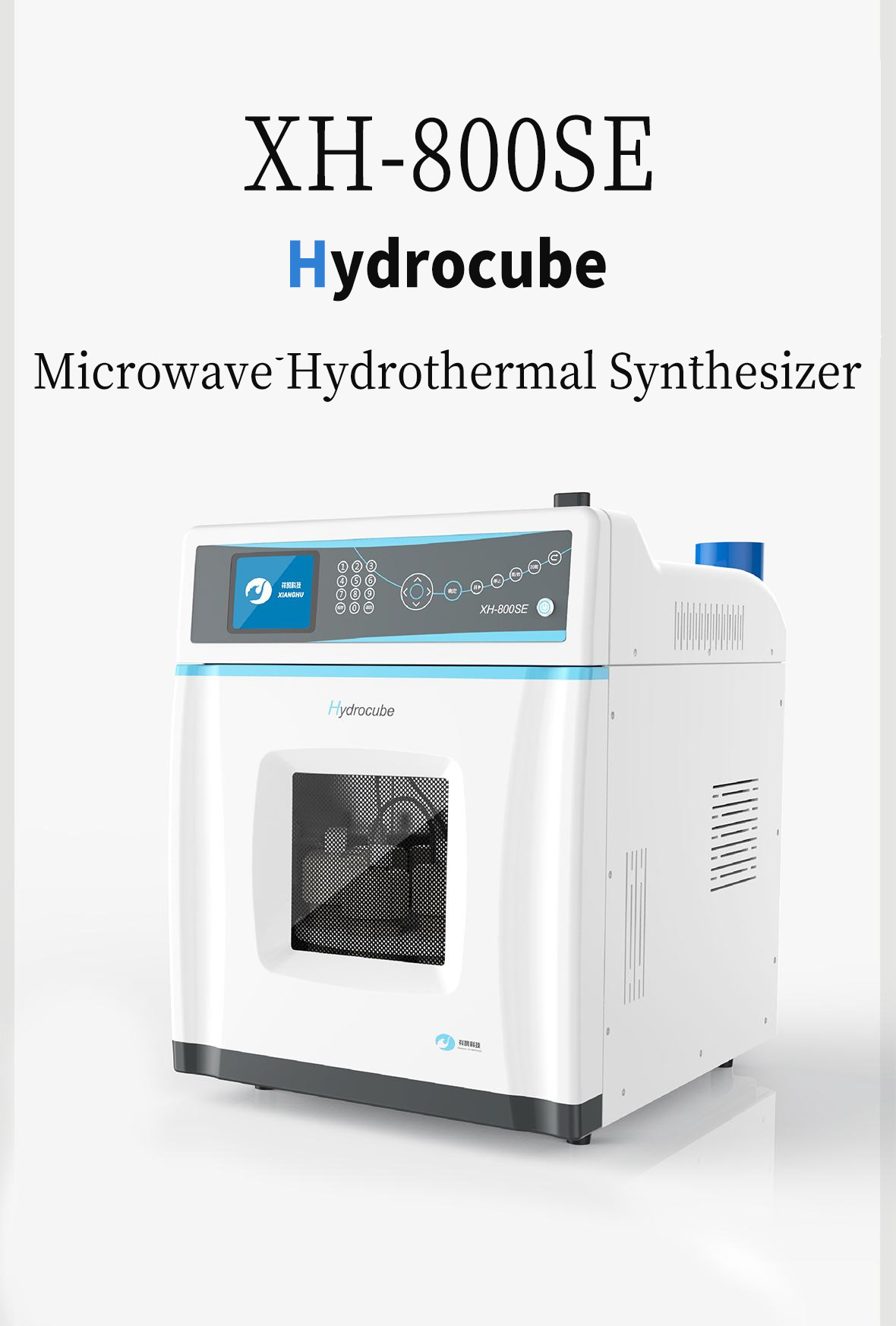
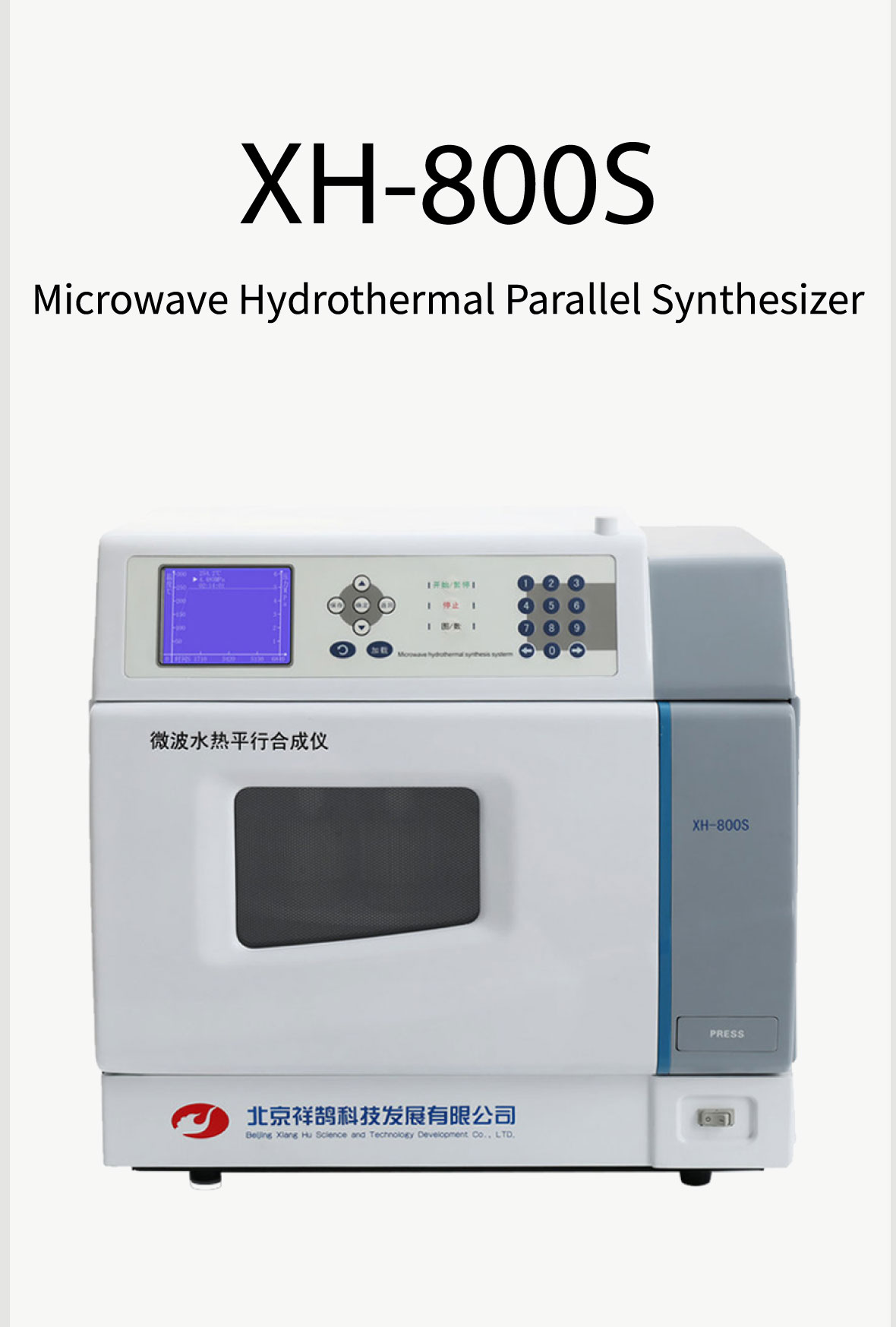
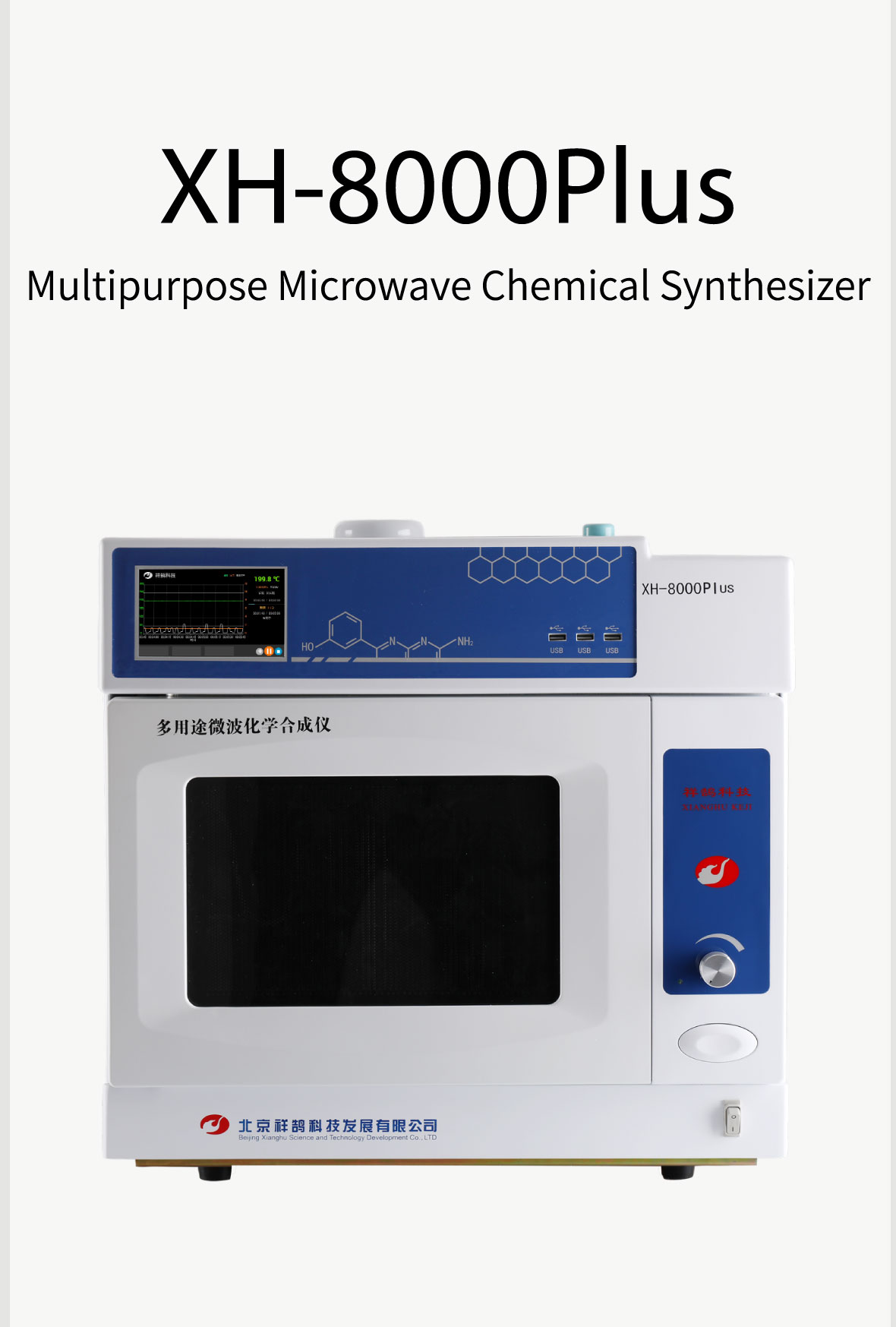
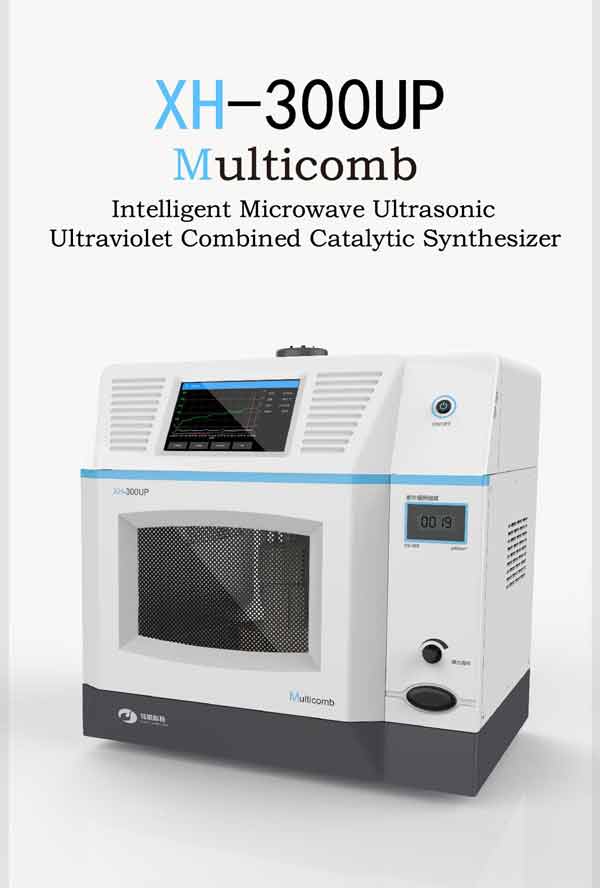
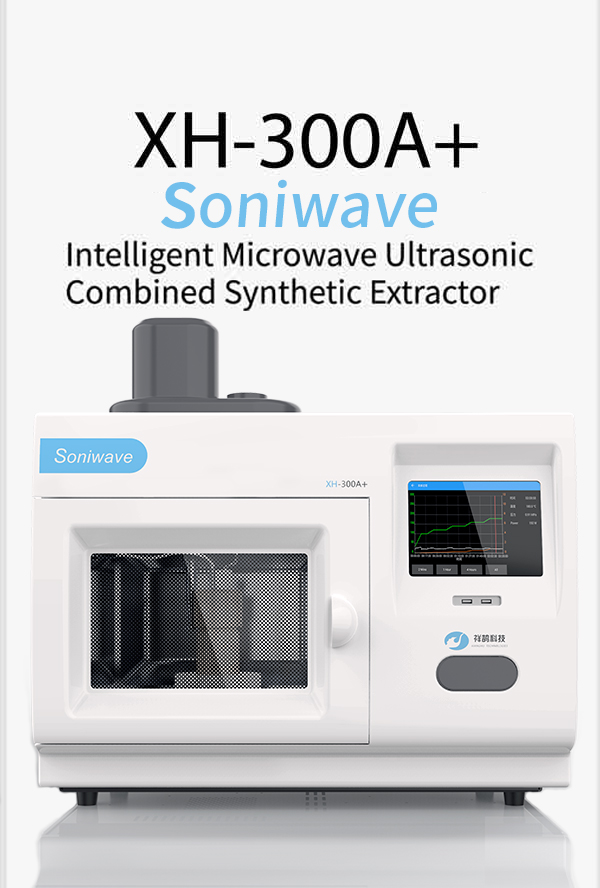

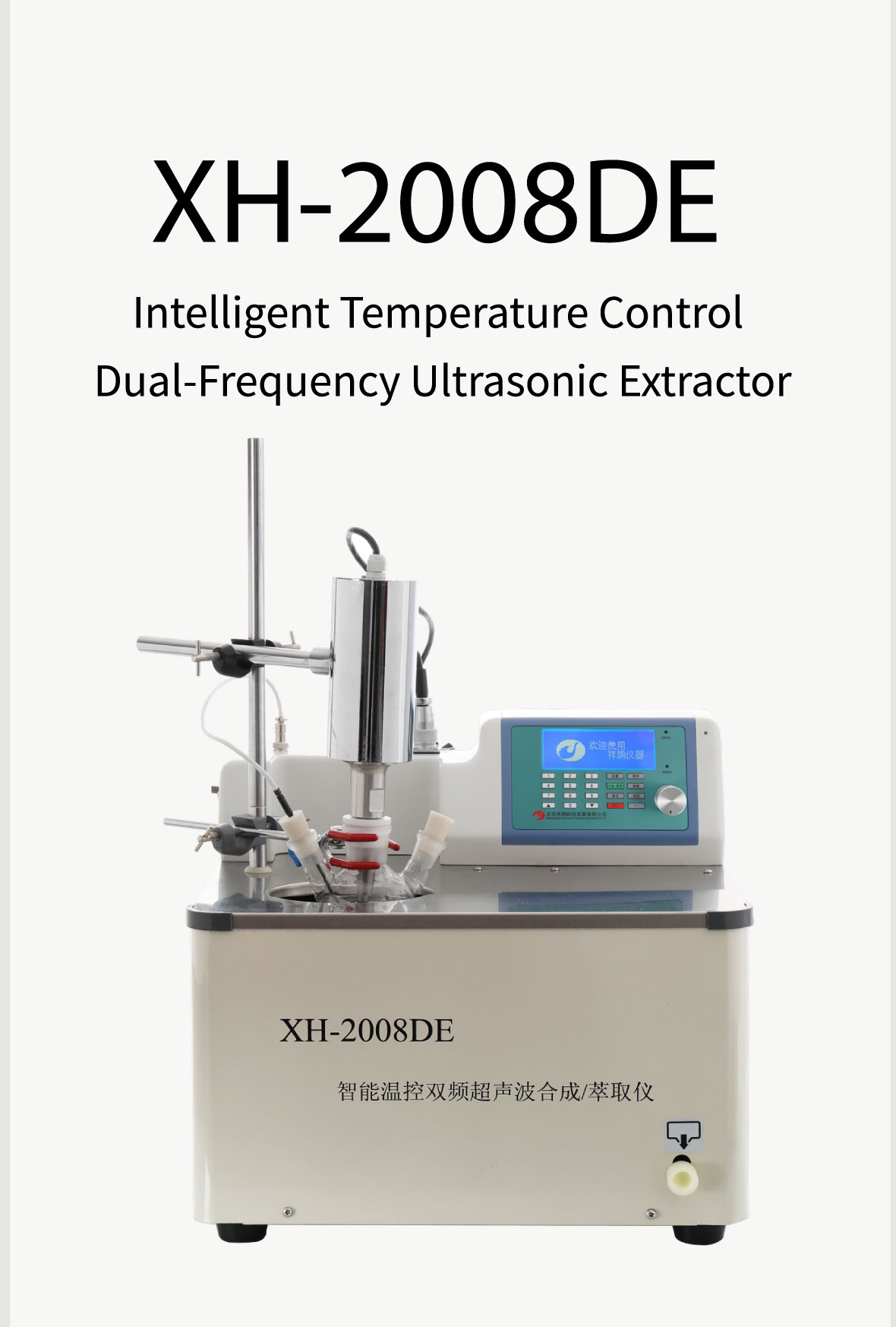



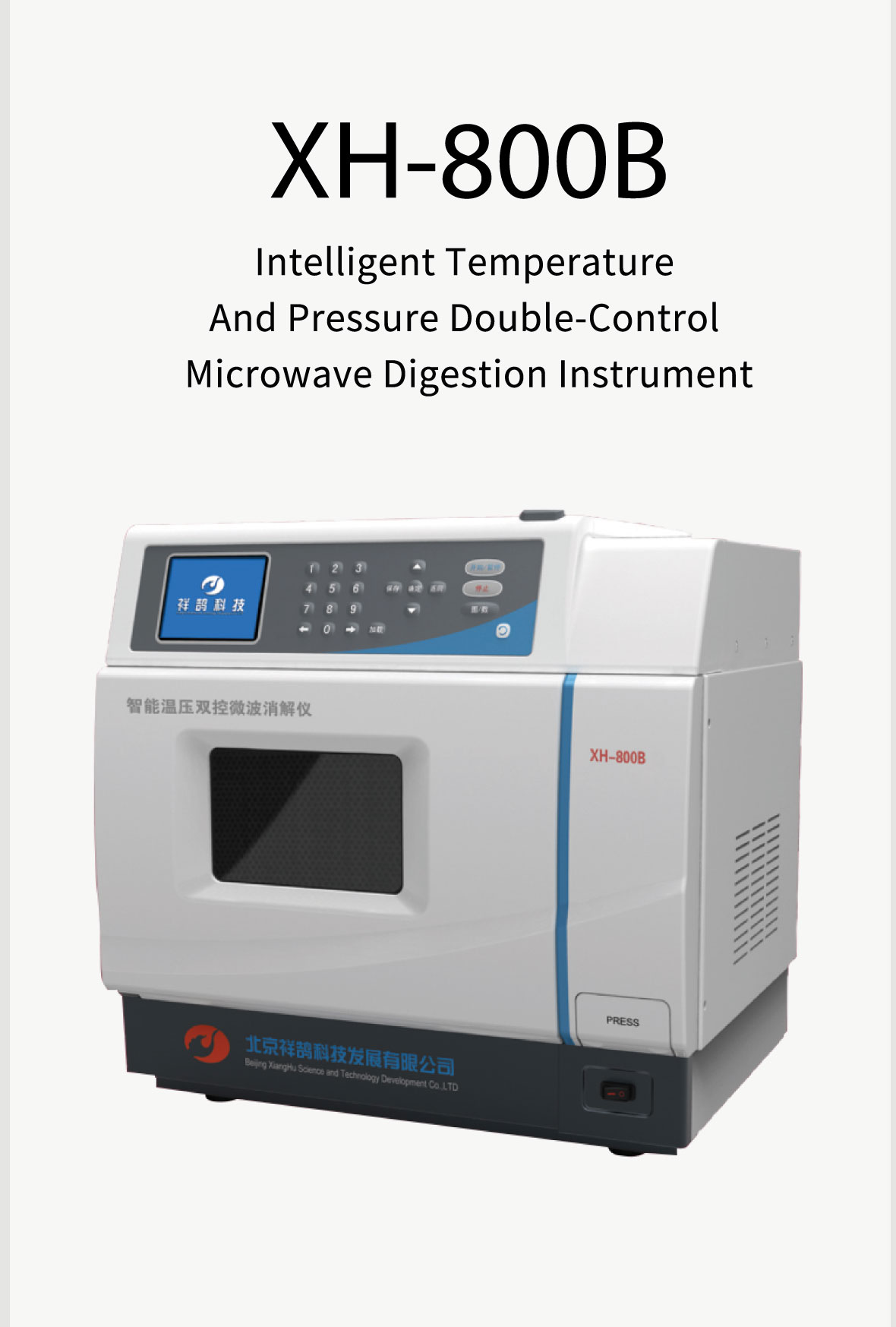

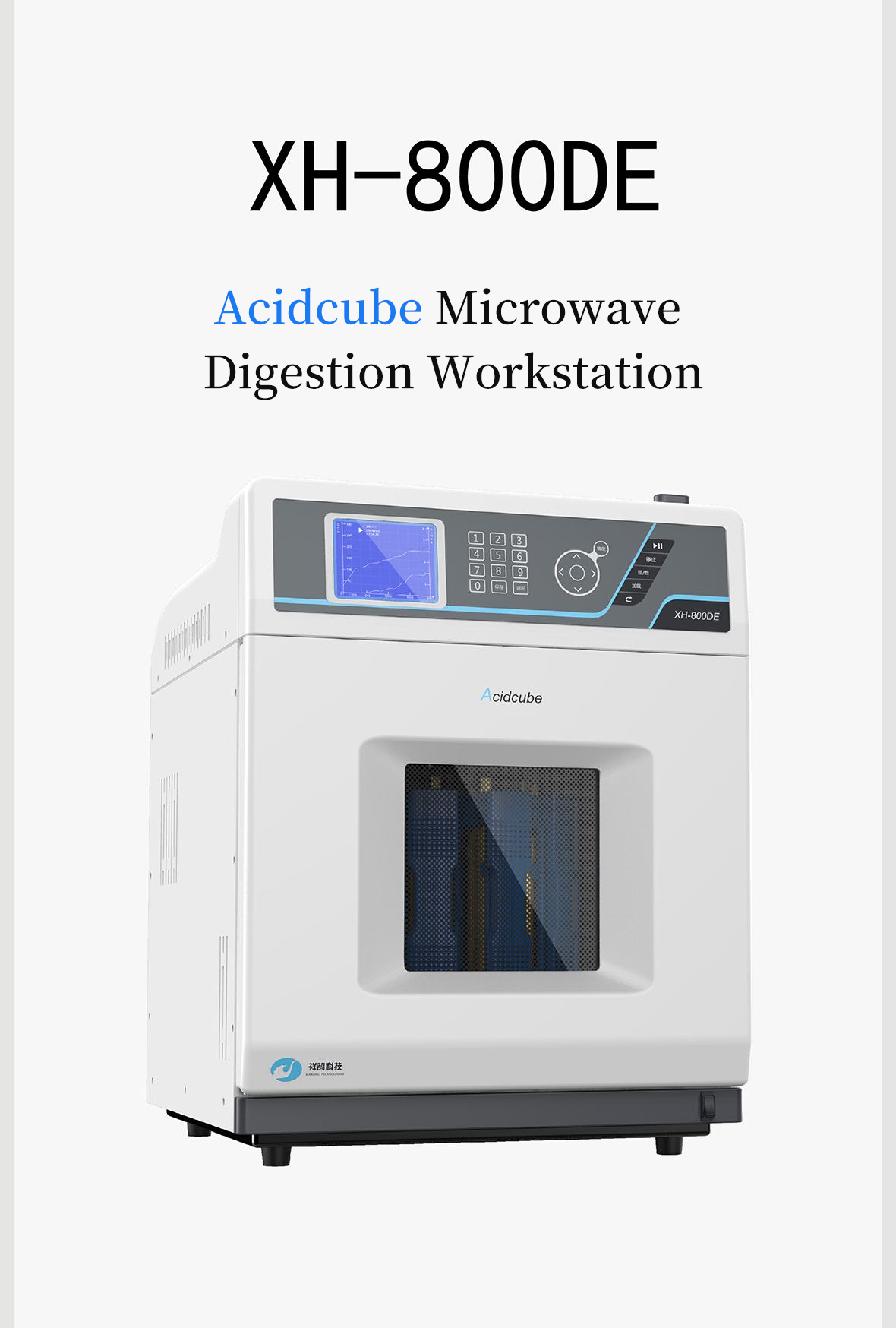

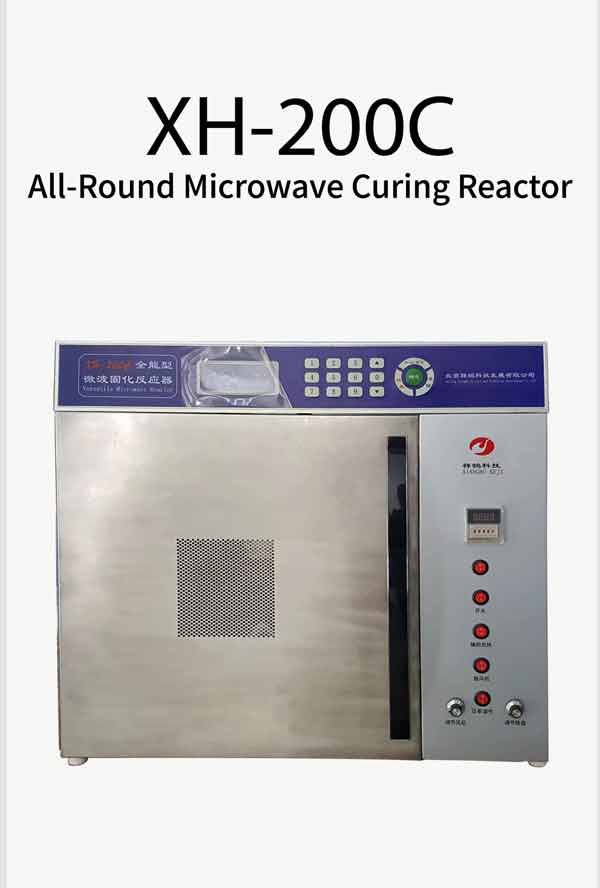
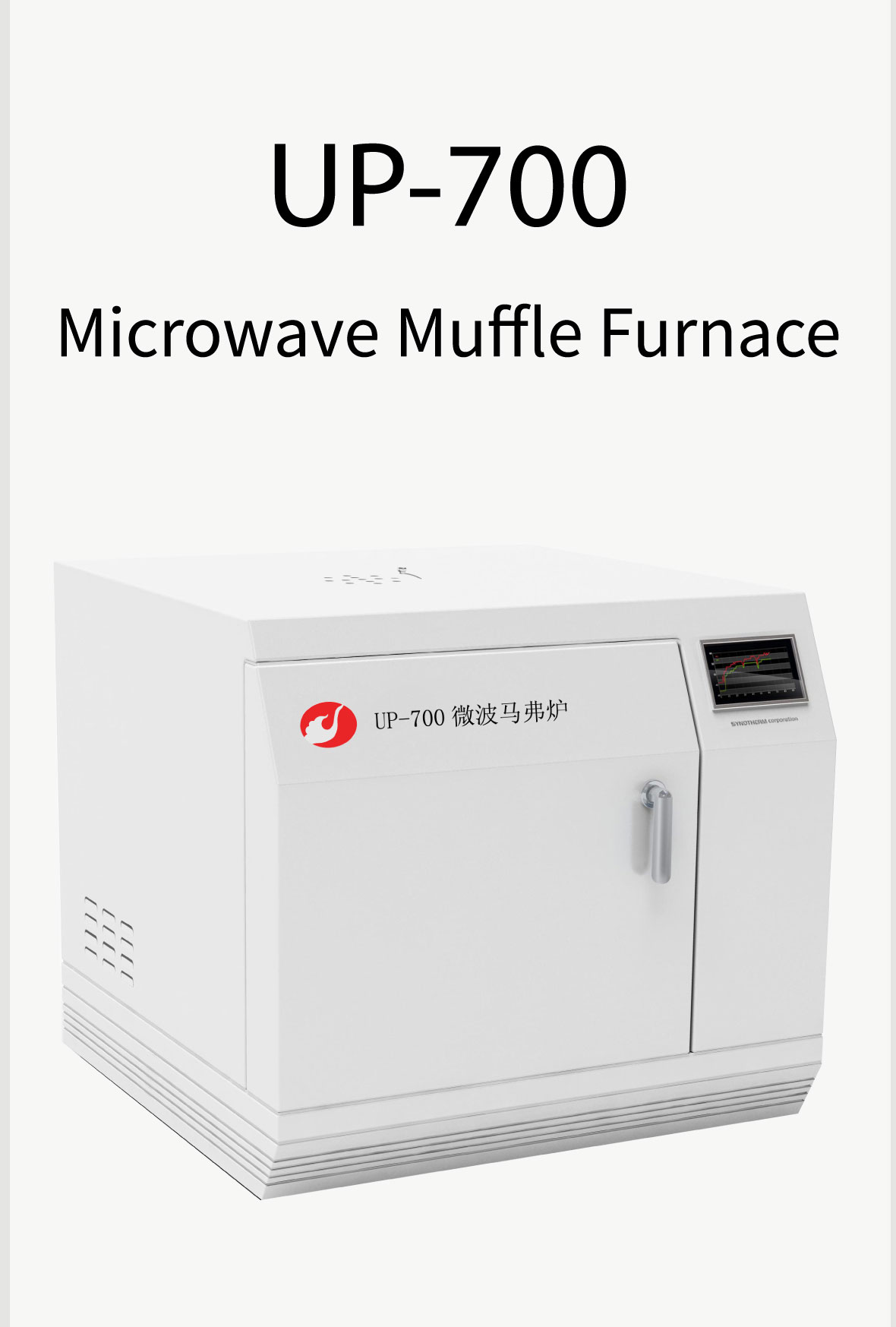

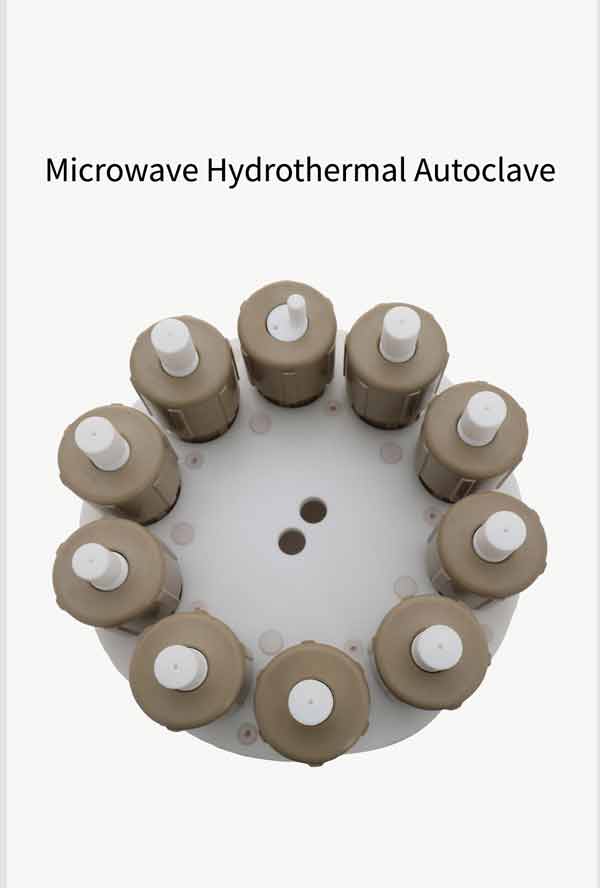

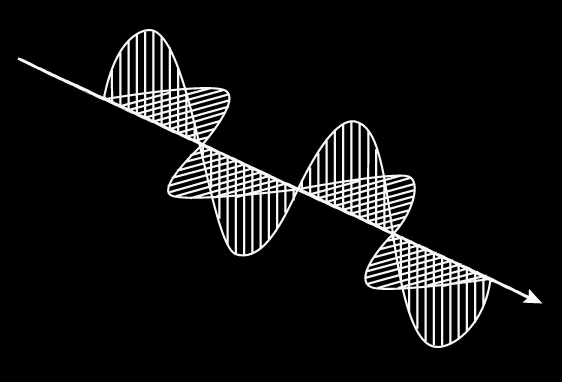


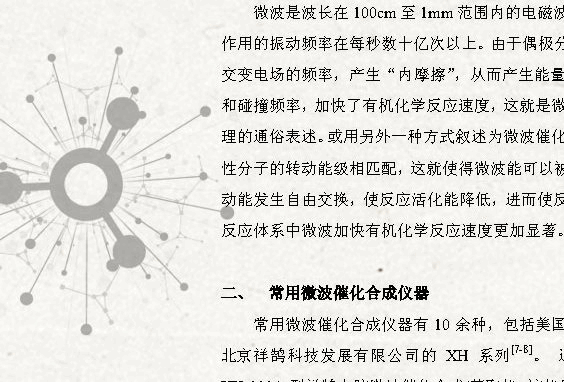

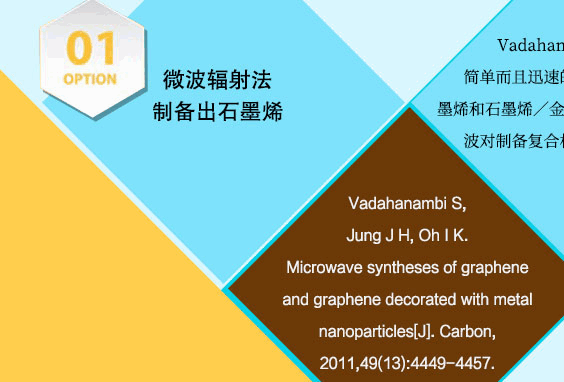
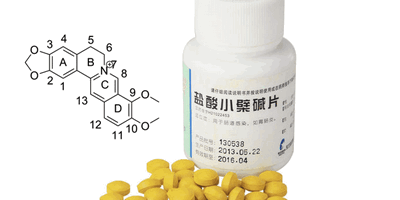


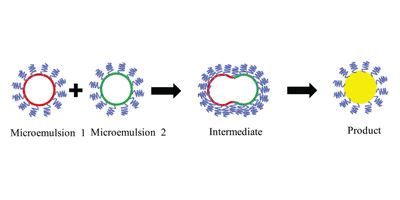
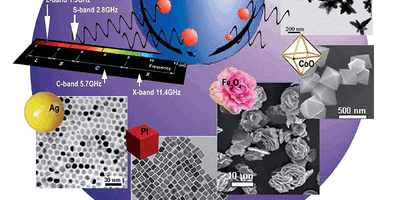
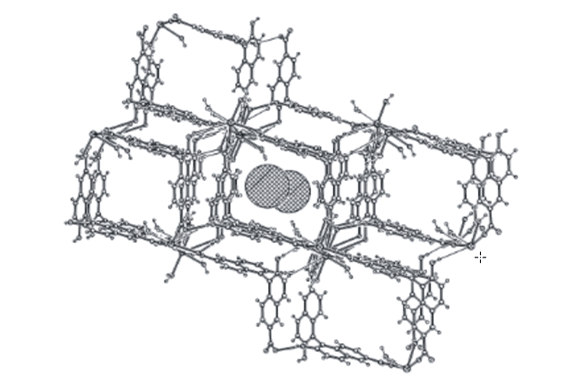
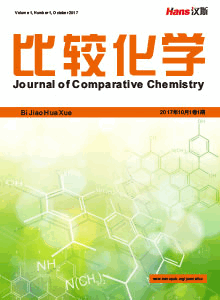
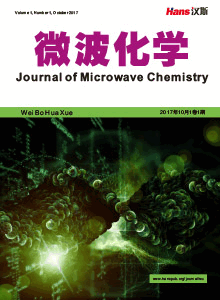





 京ICP备15050585号
京ICP备15050585号

